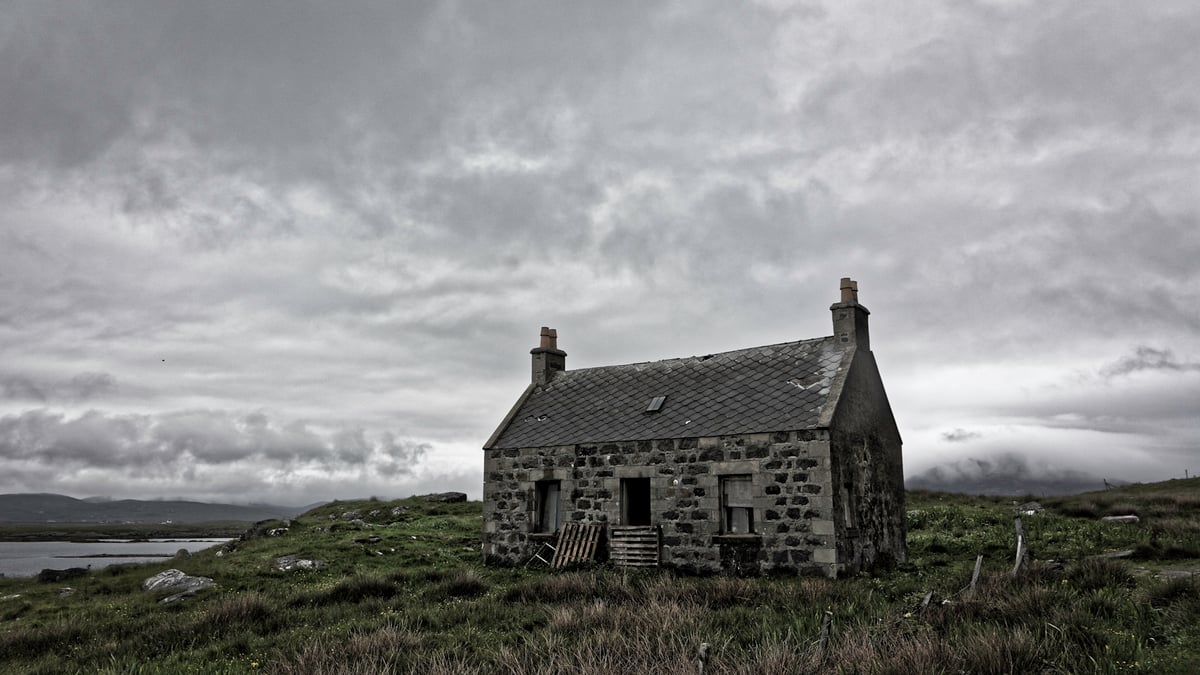Empty homes in Outer Hebrides lived in once more in small ‘victories’ against the housing crisis
By Alison Campsie
Copyright scotsman

In the Outer Hebrides, small victories are being declared in the fight against the housing crisis. In the past year, 46 houses across the islands classed as long-term empty – for 12 months or more – are now being lived in once again. The lights are back on – and somebody is in. Empty homes are an issue across Scotland in the face of a nationwide housing emergency, but the Western Isles has particular circumstances surrounding houses no longer lived in. READ MORE: The barriers to progress in battling Scotland’s housing emergency Here, many of the properties are typically the ‘old family home’ left vacant when a new modern house – often funded through the Crofter Housing Grant Scheme – is built on the same croft. With the old house often left to quickly deteriorate in the harsh weather, renovating and rebuilding often becomes unappealing and unaffordable – while selling on is often undesirable given the properties usually sit close to the new family home. READ MORE: House prices in islands soar 30 % as cash sales dominate Those who have inherited houses often find it hard to return and live there full-time . Meanwhile, as 658 houses sit empty for more 12 months or more, islanders struggle to find good quality affordable homes to live in full-time. READ MORE: Council Tax on second homes should rise “up to 400%” to tackle housing crisis Barra and South Uist has the highest number of empty homes in the islands, at 123 properties. The figure is up eight homes on the year before, with just over 6 per cent of the total properties in the area classed as empty. Meanwhile, North West Lewis has 106 long term empty homes. These localised figures relate to houses empty for six months or more, and not 12 months, which is more generally used when comparing the national picture. Work has been ongoing across Scotland’s local authorities and the government-led Scottish Empty Homes Partnership to breathe new life into empty homes and to make them available for rent or sale once again through various channels of support, from small grants to discounts on trades materials. READ MORE: Why are there so many empty homes in the Outer Hebrides In the Western Isles, the work of empty homes officer Murdo Macleod is particularly critical where permanent, affordable home remain out the reach of many islanders. In rural areas, clusters of empty homes can be both a cause and effect of the closures of shops and schools, while also breaking down communities and increasing isolation and loneliness of those who remain. One woman who is bringing back an empty house on the east coast of Lewis said: “The thing that everybody says is that they just can’t wait to see a light back on in that house.” Alasdair Allan, MSP for Na h-Eileanan, said: “I welcome the news that over the last year, 46 more empty homes have been brought back into use locally, part of a record high 2,066 empty homes brought back into use by the Scottish government’s scheme. “I would also like to commend the work of the Comhairle on this front, and in particular their Empty Homes Officer. “We are all aware of the scale of the housing crisis here in the Western Isles and across Scotland – so every home brought back into use is a victory.” Figures released by the Scottish Empty Homes Partnership show that a record breaking 2,066 empty homes were brought back into use in 2024-25 across Scotland. The successes come against the backdrop of a challenging picture, with 43,500 empty homes still counted nationwide. SEHP works with local authorities and other housing sector partners to bring empty homes back into use as social and affordable housing, where possible. Highland has one of the highest rates of empty homes – with 3,660 properties – or 11 per cent of the national total – classed in this way. Over the past 10 years, a total of 12,955 empty homes across Scotland have been brought back into use. Nationally, the most common reason for a home becoming long-term empty is the death of the owner, with just under a third of cases or 598 homes – falling within this category in 2024-25. The end of a tenancy, a failed renovation project or the owner moving into long-term care or detention can also be factors. The number of cases where an owner has taken no action after inheriting a property has fallen dramatically this year, which suggests that more owners are actively considering what to do with an inherited property than has previously been the case. Sometimes, homes can remain empty because of personal and family reasons, such as a reluctance to sell or rent a property that a parent or close relative has lived in. Tahmina Nizam, National Manager of SEHP, said: “Every home matters in the fight to end Scotland’s housing emergency, so I’m thrilled that a record number of empty homes have been brought back into use in the past year. “Last year the Scottish Government declared a housing emergency, and more than a dozen councils have done the same so it’s more important than ever that we make the best use of the resources we have. “We know empty homes won’t solve the housing emergency on their own but bringing them back into use is an environmentally friendly and cost-effective way to meet housing needs so it’s clear they have a significant role to play.” “The record-breaking efforts of empty homes officers across the country, and everyone else working to tackle empty homes, in the past year should be celebrated but it’s clear a strategic focus and sustained investment is needed if we’re to continue to build on the excellent work that’s already under way. “Each empty home can change the life of an individual or family but collectively they have the potential to transform Scotland’s housing landscape.” Housing Secretary Mairi McAllan said that making the best use of existing housing stock was a “ cost-effective and sustainable way of adding to the overall housing supply”. She added: “In 2025-26 we are investing £2 million through the Scottish Empty Homes Partnership to support councils to reduce the number of privately owned empty homes. “Every empty home brought back can provide much needed homes for families and strengthen our communities.”



